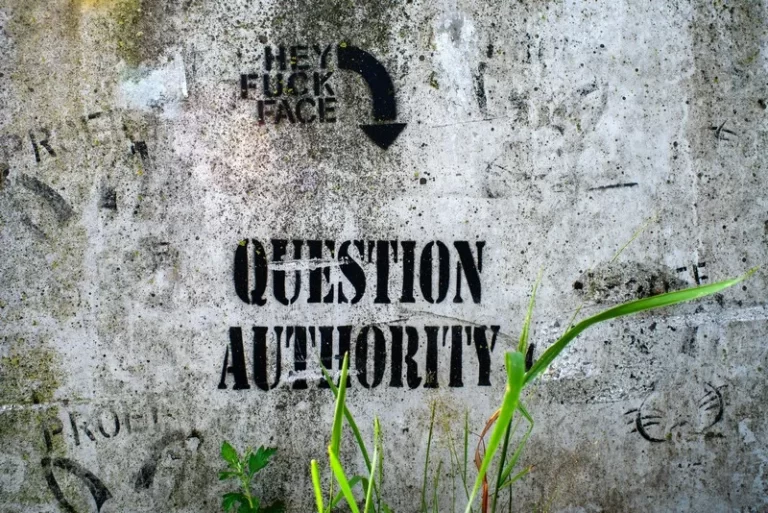Table of Contents
- The Nature of Power
- Theories of Power
- Forms of Power
- Power and Social Inequality
- Power in Everyday Life
- The Dynamics of Power and Resistance
- Conclusion
Power is one of the most fundamental concepts in sociology and the social sciences as a whole. It is a multifaceted and complex phenomenon that permeates every level of society, from interpersonal relationships to large-scale institutions. In its simplest form, power can be understood as the ability of individuals or groups to influence others and shape outcomes in accordance with their interests. However, power is not merely about coercion or domination; it also involves consent, negotiation, and sometimes even resistance. Understanding the various forms and dimensions of power is crucial for analyzing social structures, inequalities, and the dynamics of social change.
The Nature of Power
Power is not a tangible object that can be seen or touched; rather, it is a relational force that exists within interactions between people, groups, and institutions. Power is exercised in various ways and in various contexts, from the subtle influences within personal relationships to the explicit control exercised by governments, corporations, and other institutions. One of the key features of power is that it is not evenly distributed. Some individuals and groups hold more power than others, and this imbalance shapes many aspects of social life, including the distribution of resources, opportunities, and rights.
The nature of power is also fluid. It is not something that one person or group holds permanently; rather, power can shift over time, depending on the context, relationships, and strategies employed by those involved. Furthermore, power is not only exerted through overt means, such as laws and sanctions, but also through more covert mechanisms, such as ideology, discourse, and norms. These mechanisms often make power appear invisible, as they operate through cultural expectations and social practices that seem “natural” or “normal.” Understanding power, therefore, requires looking beyond its most obvious manifestations to explore the subtle ways it operates within society.
Theories of Power
Various sociological theorists have approached the concept of power from different perspectives. One of the most influential early theorists of power was Max Weber, who defined power as the ability of an individual or group to achieve their objectives, even in the face of resistance. Weber distinguished between different forms of authority that legitimize power, such as traditional authority (rooted in long-standing customs), charismatic authority (based on the personal qualities of a leader), and legal-rational authority (grounded in formal rules and procedures).
Another prominent theorist, Karl Marx, viewed power primarily in terms of class struggle. For Marx, power is fundamentally tied to economic relations and the ownership of the means of production. The ruling class, or bourgeoisie, exercises power over the working class, or proletariat, through control of economic resources. This economic power extends to political and cultural domination, with the ruling class imposing its interests and ideology on society. In Marx’s view, power is inherently tied to exploitation and inequality, and social change arises from the conflicts that result from these imbalances.
Michel Foucault, a more contemporary theorist, offered a different perspective on power, emphasizing its diffuse and decentralized nature. For Foucault, power is not simply something that individuals or institutions possess and wield over others; rather, it is embedded in social relationships and practices. Foucault argued that power operates through knowledge and discourse, shaping how people understand themselves and the world around them. Power, in this sense, is not just repressive but also productive, as it creates norms, identities, and ways of being. Foucault’s work highlights how power permeates everyday life, often in ways that are not immediately visible.
Forms of Power
Power takes many different forms, each of which operates in specific ways within social contexts. One of the most common distinctions made by sociologists is between coercive power and persuasive power. Coercive power involves the use or threat of force to compel someone to act in a certain way. This can include physical force, such as police or military action, but also non-physical forms of coercion, such as economic sanctions or social exclusion. Coercive power is often associated with institutions like the state, which have the authority to enforce laws and maintain social order through the use of force.
Persuasive power, on the other hand, involves influencing others through argument, reasoning, or appeal. This form of power is often exercised through discourse, ideology, and cultural practices. For example, media, education systems, and religious institutions can shape people’s beliefs, values, and behaviors in subtle yet profound ways. Persuasive power operates through the ability to convince people that certain ways of thinking or acting are preferable, normal, or natural. Unlike coercive power, which relies on external compulsion, persuasive power works internally by shaping desires and beliefs.
Another important form of power is structural power, which refers to the way social structures and institutions distribute power unevenly across different groups. Structural power is embedded in the organization of society itself, such as through laws, economic systems, and social hierarchies. For example, racial, gender, and class inequalities are often maintained through structural power, where certain groups are systematically privileged while others are disadvantaged. Structural power can be difficult to challenge because it is deeply ingrained in social institutions and appears to be part of the “natural” order of things.
Power and Social Inequality
Get the full article AD FREE. Join now for full access to all premium articles.
View Plans & Subscribe Already a member? Log in.





